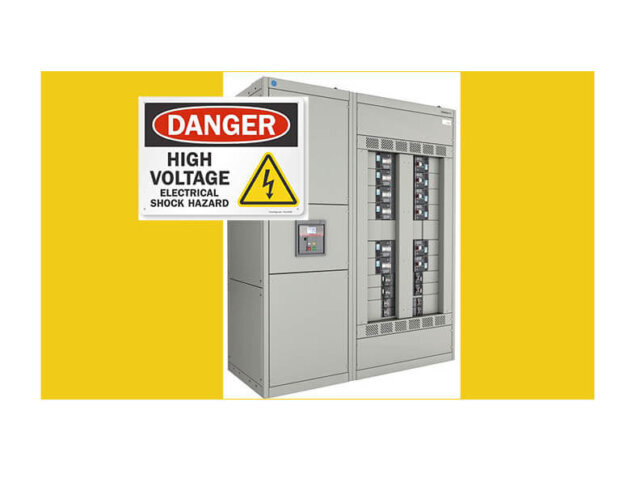Behind the critical milestones of building dry-in and completion of drywall hanging, the date of permanent power provides a key indicator of a project’s schedule trajectory towards completion. Unfortunately, the current construction industry is being severely impacted by major challenges within the electrical gear industry driven by demand, labor issues, and electrical component shortages. Critical switchgear components such as switchboards, distribution panels, and heavy-duty circuit breakers have historically taken four to six months to receive. Over the past year, lead times on these items have increased to a minimum of 12 months, and quoted lead times of 14-18 months are becoming the standard.
So how does this impact the construction industry? For comparison, a $25 million senior living project with a construction schedule of 18 months, would typically require permanent power to be in operation by the twelfth month of construction to allow the startup-up of essential HVAC equipment, building systems, and the installation of climate-sensitive finishes to take place. Without the essential electrical components available, project completion activities are severely handicapped likely leading to a delayed completion.
The ability to forecast how long these excessive lead times will remain in place is difficult as the supply chain is comprised of only a handful of electrical manufacturers that produce commercial-grade electrical gear in North America. Eaton, SquareD (Schneider Electric), Siemens, and recently ABB who acquired GE Industrial Solutions are the current major electrical gear manufacturers in North America. Each of these manufacturers is dealing with the same labor and logistical challenges. They are also providing minimal assistance with delayed items and there is little optimism of conditions improving as orders and demand continue to increase.
According to The Business Research Company, “the global switchboard market grew by 10.5% from 2021 to 2022 and is projected to increase at an average rate of 8.1% through 2026.” https://www.thebusinessresearchcompany.com/report/switchboard-global-market-report I think it is likely that the strain on the electrical supply industry will continue as there is no indication of a slowdown in the advancement of the electric power, data storage, and big tech industries. Demands in these industries will only increase the demand for more electrical components needed throughout the global supply chain.
The Douglas Company has recently contacted representatives from electrical suppliers and manufacturers to ask how we can best manage the situation for our clients. Some proposed solutions have been to locate specialty satellite plants, authorized by the manufacturers to fabricate their products, to expedite fabrication for a significant premium. Other options include redesigning electrical gear packages to allow for smaller, more-available, components to be utilized. Per the representatives we have spoken with, the larger and more specific a piece of equipment is, the longer it is taking the gear manufacturers to source the necessary components.
Another option is to utilize an OEM manufacturer to build the long lead item electrical components, however, the risk of going this direction needs to be properly vetted with clients and design teams to ensure all risks and potential warranty needs are understood upfront. It is also a good idea to identify with the gear representatives what specific items are driving long lead times. If it is determined that there are only a few components that are not available, these could potentially be sourced from an approved supplier to allow the completion of the equipment much sooner. For clients that have a complete design and appropriate funding in place, pre-purchasing electrical gear is an excellent option to avoid delays caused by long lead times.
There are a number of things that we and our clients must do to deal with these issues. For projects already under construction, understanding that these problems are real and the consequences of not addressing them will significantly impact projects. For projects in preconstruction, we must communicate early and often with representatives from the electrical industry to identify current lead times for equipment proposed and strategies to overcome them. We know this is a major issue affecting the industry, so it is all about how we choose to manage it.
Micah Hoskinson
Senior Project Manager
The Douglas Company

